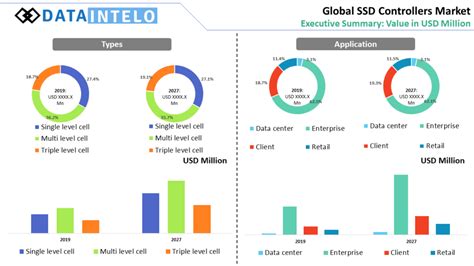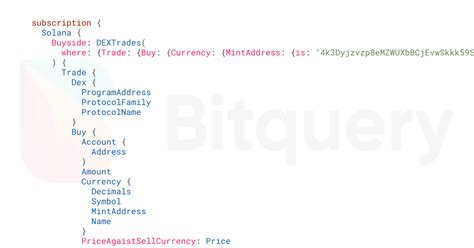Cryptocurrency: Cold Wallets – The Best Way to Store Your Cryptocurrency Safely
In the world of cryptocurrencies, storing your coins in a secure and accessible location is crucial for maintaining their value and enjoying maximum flexibility. With thousands of altcoins available and new ones emerging daily, it can be overwhelming to decide on a safe and reliable way to store your cryptocurrency. In this article, we will delve into the concept of cold wallets and explore why they are the best way to store your cryptocurrency safely.
What is a Cold Wallet?
A cold wallet is an external device that stores cryptocurrencies offline, meaning it does not connect to the internet or any computer network. This type of wallet is designed to keep your coins separate from your personal devices, reducing the risk of hacking and cyber threats.
Cold wallets use a secure hardware token or a USB drive with a full-featured cryptocurrency client installed to store and manage your digital assets. These tokens or drives are usually equipped with advanced security features such as encryption, firewalls, and two-factor authentication to prevent unauthorized access.
Why Choose a Cold Wallet?
- Security: A cold wallet provides an extremely high level of security compared to online wallets. By keeping your coins offline, you reduce the risk of hackers accessing your private keys.
- Accessibility: Even if your computer is infected with malware or compromised by a hacker, your cryptocurrency remains safe within the cold wallet.
- Flexibility: Cold wallets allow you to store and manage multiple cryptocurrencies in one place, making it easier to trade, exchange, or use them for various purposes.
- Recovery: If your computer is lost, stolen, or becomes compromised, your private keys can be recovered using a backup of the cold wallet.
- No Network Exposure: Cold wallets do not connect to the internet, reducing the risk of network-related attacks and exploits.
Types of Cold Wallets
- Hardware Tokens: Physical devices that store cryptocurrencies offline, such as Ledger Nano X or Trezor Model T.
- USB Drives with Cryptocurrency Clients
: External drives that install a full-featured cryptocurrency client to manage your coins, like Coinbase or Binance Desktop.
- Software Wallets: Programs like MyEtherWallet (MEW) or Electrum that store and manage cryptocurrencies in the cloud.
Best Cold Wallet Options
- Ledger Nano X: A popular hardware token with advanced security features and a user-friendly interface.
- Trezor Model T: A high-end hardware wallet with robust security and compatibility with multiple operating systems.
- Binance Desktop: A software wallet that allows you to store, manage, and trade cryptocurrencies within your computer’s desktop environment.
Conclusion
Storing your cryptocurrency in a cold wallet is the best way to ensure its safety and security. By choosing a reliable and secure device, such as a hardware token or USB drive with a full-featured cryptocurrency client, you can protect your coins from hacking and cyber threats. With cold wallets, you can also enjoy greater flexibility, accessibility, and recovery options compared to online wallets.
Tips for Choosing the Best Cold Wallet
- Research: Look into different types of cold wallets, their features, and security measures.
- Compatibility: Ensure that the wallet is compatible with your operating system and device.
- Security Features: Look for devices with advanced security features like encryption, firewalls, and two-factor authentication.
- Customer Support: Choose a wallet provider with reliable customer support in case you encounter issues.
- Pricing: Compare prices among different wallets to find the best value for your needs.




